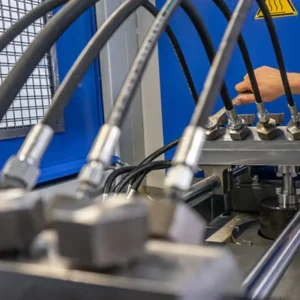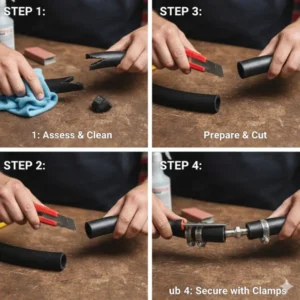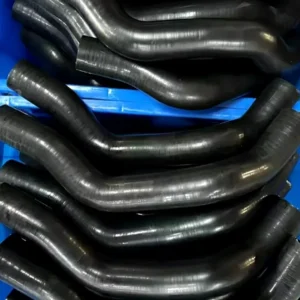Corrugated vs. braided hose has various types of pipes that are very important to you, but the different uses are different, and the different types of pipes are different. Understood, there are no small differences, but the key is to promote the selection of the key, and it is also a safe, highly effective, and durable key. The main text of the text is the success of the various translations.
The Importance of Matching the Hose
As we look at each customer’s flexible management demand, it is an opportunity for us to solve the problem, but we are also a supplier of goods. A serious problem when selecting an option—a slight decrease in efficiency and a serious safety failure.
We have the ability to provide you with free shipping in a warm and friendly chemical environment. In-depth understanding of the characteristics of the rental company, the best solution for the customer, and the trust to ensure the return of the customer.
What is Corrugated Hose
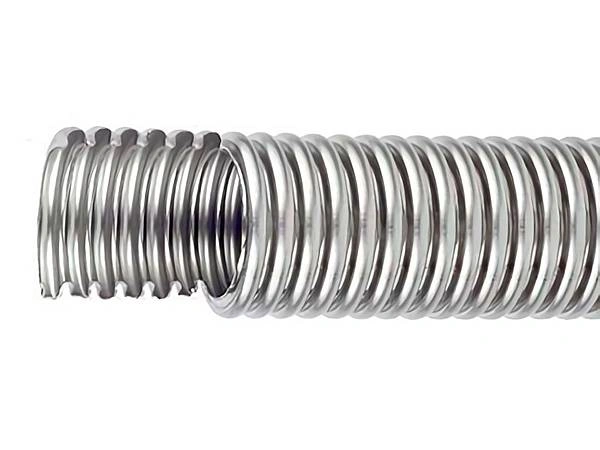
A corrugated hose is one of our most versatile products, defined by its series of parallel, wave-like convolutions. This design is what gives it superior flexibility, allowing it to bend and stretch with a very tight radius without kinking. We typically supply these in stainless steel, which makes them highly resistant to corrosion and extreme temperatures. We recommend these for applications where a non-rigid connection is paramount, such as in exhaust systems, or where there’s a need to absorb vibration or accommodate thermal expansion and contraction.
| Pros for Corrugated Hose (Supplier’s View) | Cons for Corrugated Hose (Supplier’s View) |
| Broad Applications: High-flexibility appeals to a wide range of industries like HVAC and chemical processing. | Inventory Complexity: Need to stock both convoluted and braided-over convoluted versions for different pressure ratings. |
| Handles Extreme Conditions: Stainless steel variants can withstand very high temperatures, making them a go-to for steam and exhaust lines. | Flow Turbulence: The internal convolutions can cause slight pressure drops, which is a key technical detail to discuss with clients. |
| Vibration Dampening: This is a major selling point for clients with machinery that produces a lot of movement. | Niche Market: Not suitable for sanitary or food-grade applications without special lining, which limits its market |
Why Braided Hoses Are a High-Pressure Performer
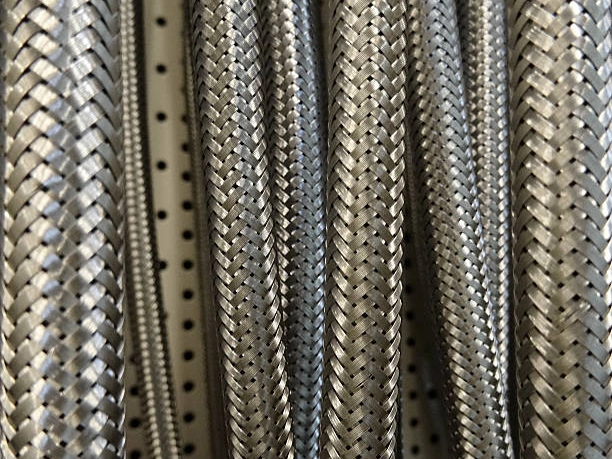
In contrast, a braided hose is our workhorse for high-pressure applications. It features a smooth inner core—often PTFE or rubber—reinforced with an external woven layer of stainless steel wire. This braiding provides immense strength, allowing the hose to withstand extreme internal pressures without expanding.
The stainless steel braided hose is a top seller for hydraulic systems, fuel lines, and high-pressure fluid transfer. Its smooth bore is also a significant advantage, ensuring a consistent, laminar flow and making it ideal for systems that require frequent cleaning.
Key Factors to Consider When Choosing Between Corrugated vs Braided Hoses
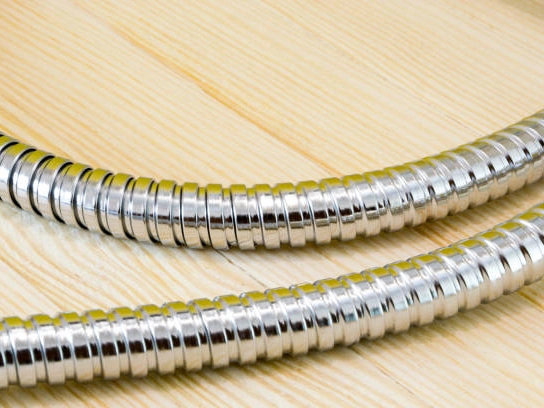
The fundamental difference lies in their core structure and reinforcement. A corrugated hose derives its flexibility from its convoluted shape, while a braided hose gets its strength from the external woven reinforcement. This difference dictates their performance in various scenarios, including pressure handling, flexibility, and application suitability.
- Pressure Handling: If you’re dealing with high-pressure fluid transfer, a braided hose is almost always the superior choice. The external braiding provides a robust shell that prevents the inner core from expanding under pressure. While a corrugated hose can be reinforced with a braid to increase its pressure rating, it still generally won’t match the same PSI capabilities as a dedicated braided line.
- Flexibility and Bend Radius: When maximum flexibility is required, a corrugated hose excels. Its design allows it to bend and coil into tight spaces without kinking or stressing the material. A braided hose is flexible, but its minimum bend radius is often larger than that of a convoluted hose, and forcing it into a tighter bend can cause a permanent kink.
- Flow Characteristics: The smooth inner bore of a braided hose ensures laminar, consistent flow. This is crucial for applications where flow rate and pressure drop need to be minimized, such as in fuel injection systems. The convolutions of a corrugated hose, however, can create turbulence, which may lead to a slight reduction in flow efficiency. This is a key factor in applications where every ounce of fluid transfer counts.
- Torsion Resistance: Torsion, or twisting, can be a major problem for flexible hoses. A braided hose is designed to handle significant torsional stress due to its strong external reinforcement. The convolutions in a corrugated hose make it more susceptible to damage from twisting, so it’s important to select a hose with an appropriate braid if torsion is a concern.
- Cleaning and Maintenance: For industries like food and beverage or pharmaceuticals, cleanliness is paramount. The smooth inner core of a braided hose makes it easy to clean, often allowing for CIP (Clean-in-Place) procedures. The convoluted interior of a corrugated hose can trap contaminants, making it challenging to sanitize and unsuitable for these types of applications.
Practical Applications: Where to Use Each Hose
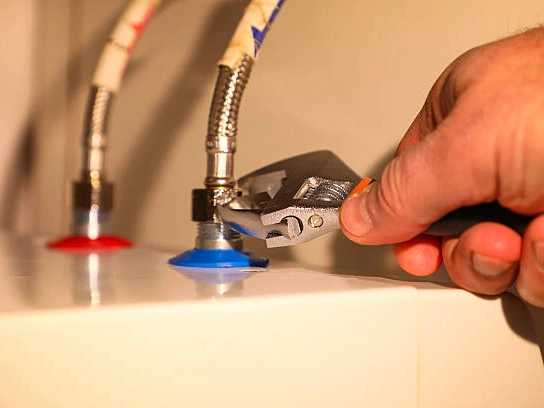
To put this into perspective, let’s look at some real-world examples of where you might choose one over the other.
Brake Lines: In motorsports and automotive, stainless steel braided brake lines provide a firmer pedal feel and improved performance.
Corrugated Hose Applications:
Exhaust Systems: Ideal for handling high-temperature exhaust and absorbing engine vibrations.
HVAC: Used in ducting and for connecting components where flexibility and vibration absorption are needed.
Chemical Transfer: Stainless steel corrugated hoses are highly resistant to aggressive chemicals and extreme temperatures.
High-Temperature Lines: Perfect for steam or hot fluid transfer due to their ability to handle high heat without degradation.
Braided Hose Applications:
Hydraulic Systems: The go-to choice for high-pressure hydraulic fluid lines in heavy machinery and equipment.
Fuel and Oil Lines: Used in automotive and aerospace applications for their reliability and pressure-handling capabilities.
Food and Beverage: PTFE braided hoses are a popular choice due to their non-stick, non-porous properties and ease of cleaning.
Conclusion
Choosing the right hose is crucial to the safety and longevity of your system. Select the correct hose based on the specific needs of your application, whether it’s pressure, temperature, flexibility, or material compatibility.
Choosing the wrong hose can lead to costly system failure, downtime, or safety hazards. Learn when stainless steel braided hose is the best choice and when to opt for a more flexible corrugated hose to ensure your system operates efficiently and safely.

